Pabna June 15,(Voice7)- In the lead-up to Eid-ul-Adha, Pabna's cattle markets are bustling with activity. This year, cow prices have significantly decreased, delighting buyers but disappointing sellers.
Demand for Qurbani (sacrificial) cows is high, with buyers busy selecting their preferred animals. However, sellers are disheartened by the lower prices.
Pabna's largest cattle markets, including Chaturhata in Bera Pourashava and Arankhola Haat in Ishwardi Upazila, are crowded with eager buyers and sellers.
Buyers are favoring cows for Qurbani, with most preferring small to medium-sized cows priced between one to one and a half lakh taka. Despite the high demand, large-sized cows are less popular this year.
Ariful Islam, a buyer at Arankhola Haat, noted the lower cow prices this year, making it easier to find the desired animals. Conversely, Bakul Hossain observed a slight increase in goat prices.
Sellers, however, are facing losses. Azahar Ali, a cow seller, expressed disappointment over not getting the expected prices despite the ample supply. Another seller, Mohir Uddin, mentioned that he had to sell a cow at Tk 1 lakh 20 thousand, which he bought for Tk 1 lakh 50 thousand.
Dr. Gouranga Kumar Talukdar, the district livestock officer, stated that the Department of Livestock is providing advice and assistance to farmers, promoting local methods for healthy cattle farming. Veterinary teams are present at markets to treat sick cows and help buyers identify healthy ones.
This year, Pabna has produced double the demanded number of sacrificial animals, resulting in lower prices. The district livestock department reported approximately 26,000 cattle farmers in Pabna, with a demand for 312,000 sacrificial animals, while 634,000 animals were produced, with 322,000 sent to other parts of the country.
END/V7N/SRP/DK/



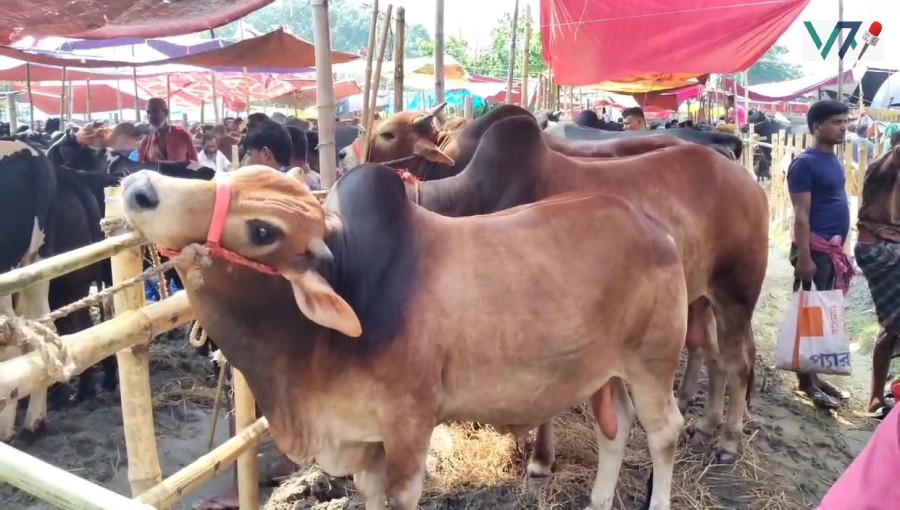





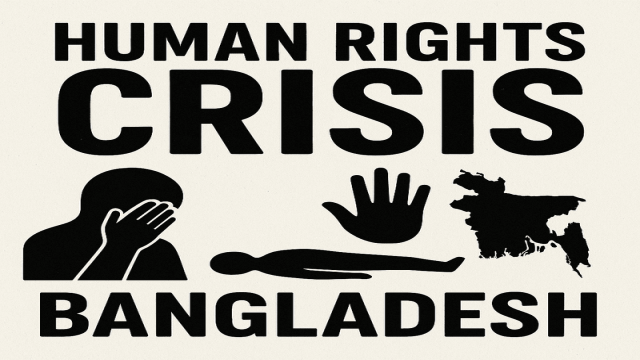

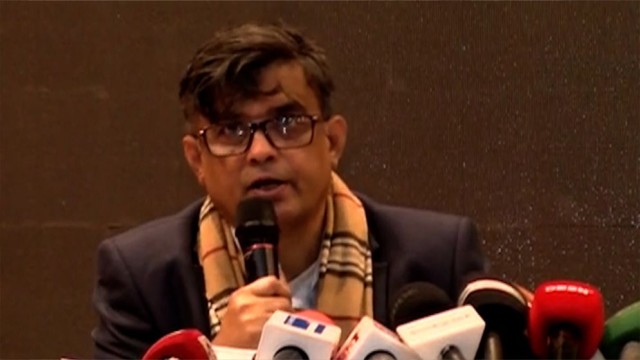
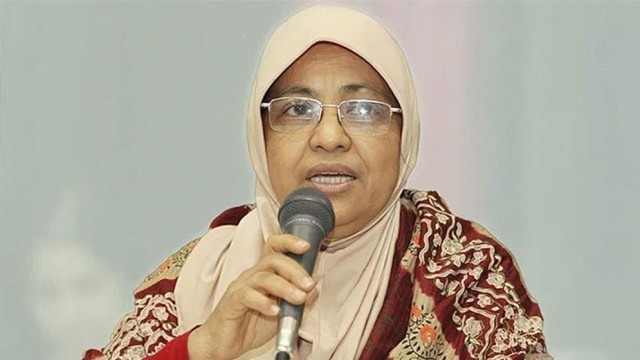

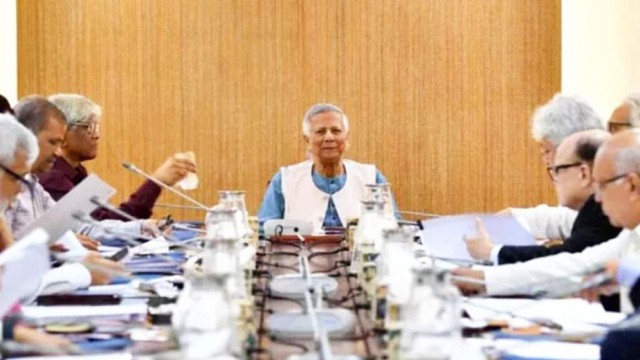
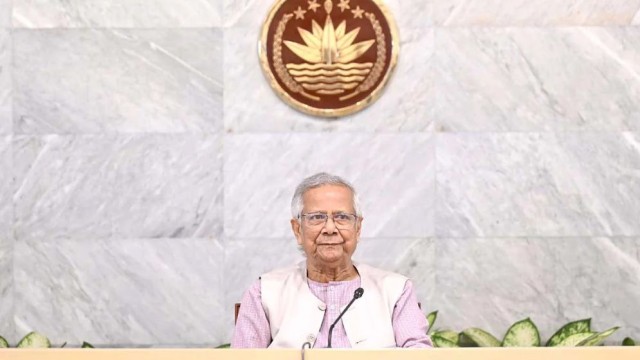


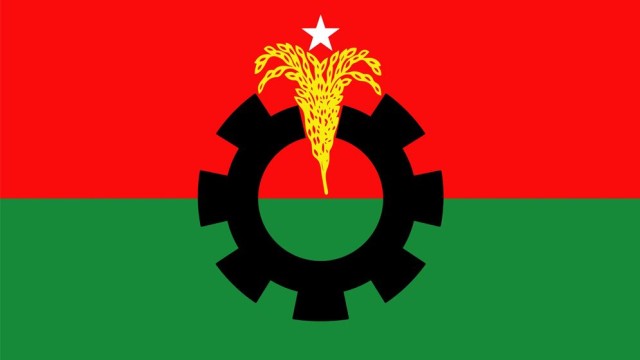









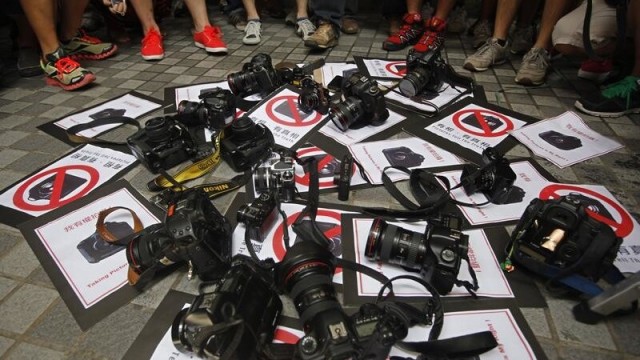

Comment: